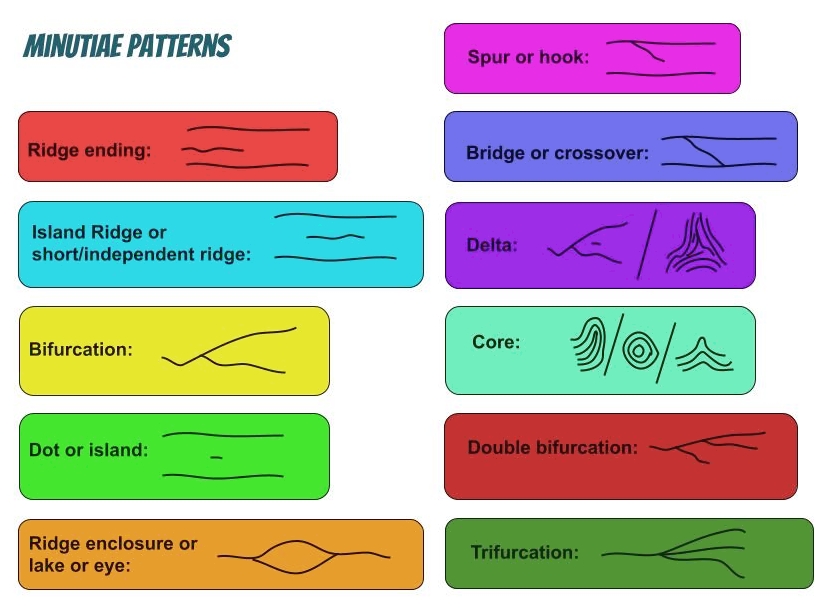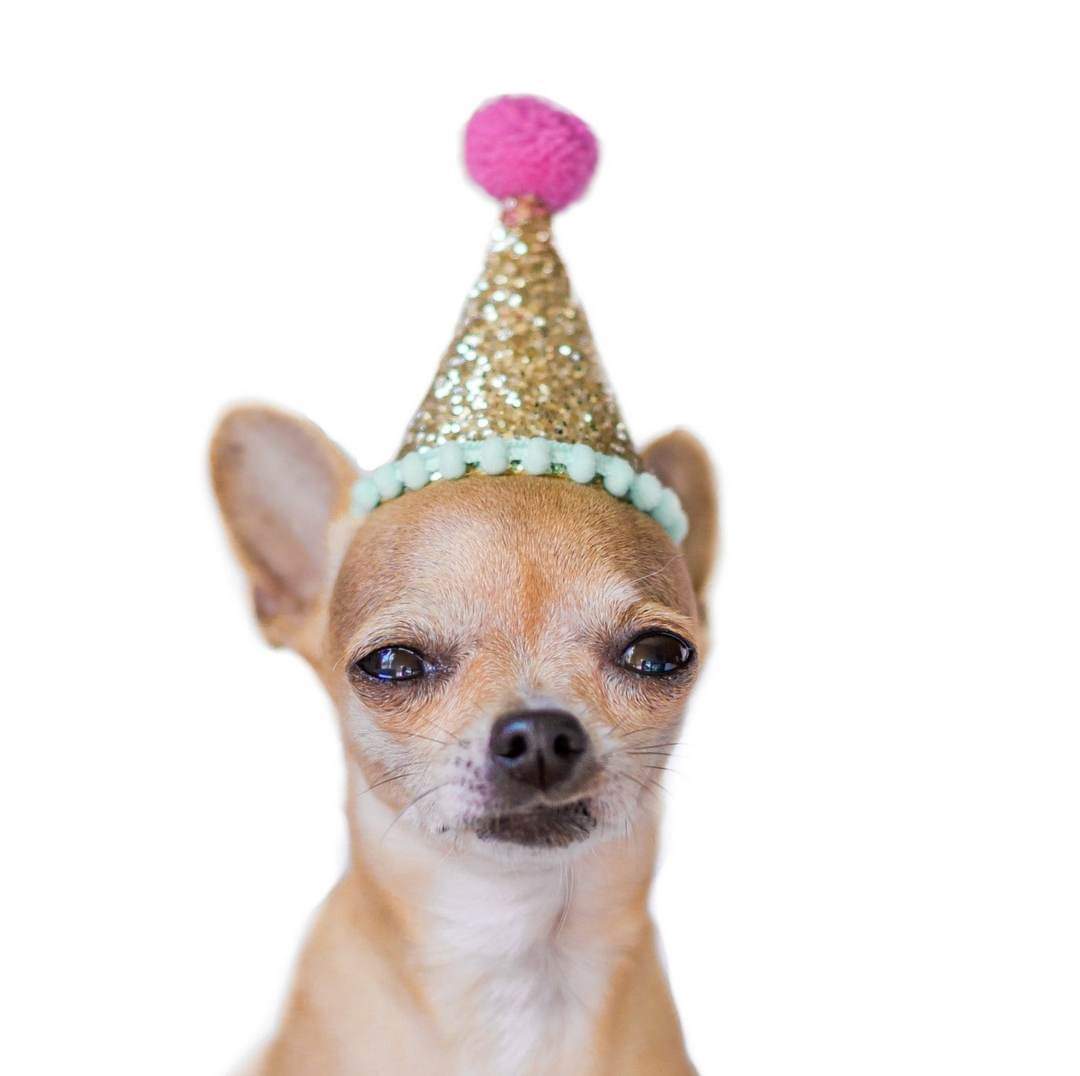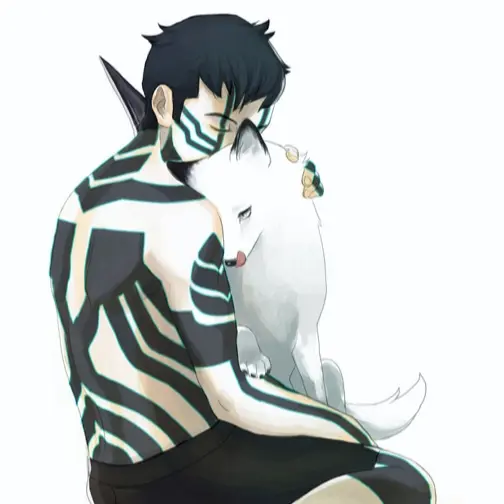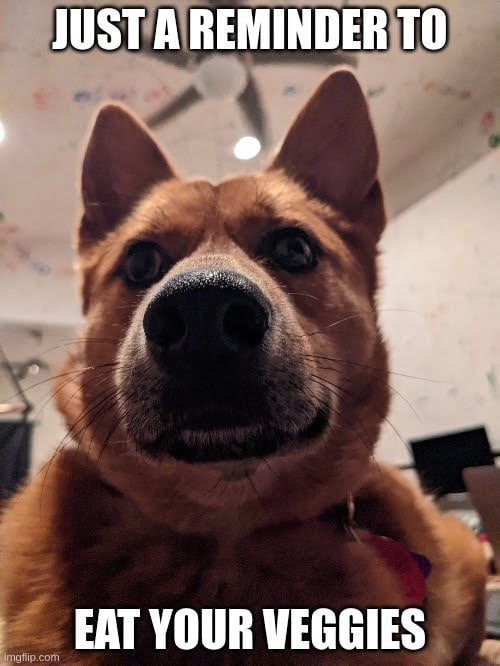Context
Mathematically unlikely and infinite are extremely different things, and it also depends on what exactly you are looking at when comparing two fingerprints.
If you are going on trial, and comparing a very small patch of fingerprint (2mm x 2mm) found at a crime scene to a spot the same size on a subject’s finger, then it’s possible that you mistakenly matched incorrectly.
If you are comparing an entire set of 10 fingerprints from a previous arrest to a new arrest with 10 fingerprints, then it’s mathematically unlikely that you’re going to mistakenly match.
If an iPhone is looking at a single fingerprint and comparing it to what is stored, then it’s extremely unlikely that any specific person can trick it, but if 100,000 people try, it will probably find a false match at some point, because the accuracy of what is being compared is compromised by the need for speed, and low number of false negatives (the real user needs to be able to log in quickly, and every time, with few failures.)
When saying absolute terms of “every fingerprint is unique” you have to put some qualifiers on it to make it true.
“Unique among any human who ever lived or will ever live” is also very far from “unique among the 8 billion or so currently living humans” or “unique among the humans currently in a comparable age range/state of health/… in terms of finger size/wrinkles/…”.
Adding onto this, in cryptography this field of study is called “Biometric Failure Rates” (at least it was called that in my beginner course). A good introduction would be this article.
Holy title gore… Did you have a stroke while typing that?
No just fever
Has Anyone Really Been Far Even as Decided to Use Even Go Want to do Look More Like?
I suspect many fingerprints could be nearly identical when you are born. The thing is, as you age you get different creases across the prints. Accidents happen that cause other changes. Basically the uniqueness of your life is what causes adult fingerprints to all be different.
However it would be interesting to see a study on whether or not childhood fingerprints are equally as unique. It seems likely that a child’s prints could be similar or even exactly match the prints of one of their parents, when that parent was a child?
Fingerprints are fairly unique, and form before birth. This article goes into it reasonably well.
Ah that’s cool, so even environmental factors before birth contribute to the uniqueness. But unfortunately this also means I can’t commit a crime and then blame my clone…
Just commit the crime, amputate and destroy your hands, and have your clones grafted on to you. If your clone can’t have your fingerprints, you’ll just have to take his.
The perfect crime…
Fingerprint analysis rarely ever overlays pictures for exact matches. There are certain features within just abojt every fingerprint that are easily recognisable. You can find them, store the type of feature and their relative distance to the other features, and use that to determine a match.
Fingerprints grow back, so while it’s possible that tiny scars and cuts will mess up some analysis points, you can still get a match based on the features you can find.
Wikipedia lists a bunch of them:

These so-called minutiae exist in the ridge pattern on your finger. If you start looking at your own fingerprint, you’ll be sure to find loads of them.
As for parent/child relationships: I don’t think we have any proof of such a connection. Even identical twins have different fingerprints. Fingerprints aren’t just a generic feature, there’s more to them, like the environmental factors inside the womb.
Now I’m imagining a coming-of-age magical realism movie starring a child who discovers that a mysterious ancient phone, the last heirloom of their deceased grandparent, can only be unlocked by their fingerprint at their particular age.
Haha that would be awesome. Also makes you wonder about other movies where a family member was only able to unlock a magical ability before they reached a certain age. I seem to recall some stories where it was unusual that an “older” member was able to be able to do something? Never seen it tied to fingerprints before, but it seems like it could make sense.
Here’s an interesting video from Vsauce2 on the subject - https://www.youtube.com/watch?v=slc0eAzh-hM
Here is an alternative Piped link(s):
https://www.piped.video/watch?v=slc0eAzh-hM
Piped is a privacy-respecting open-source alternative frontend to YouTube.
I’m open-source; check me out at GitHub.
It just means there are at least two variations of the fingerprint.
If there was only one fingerprint, all fingerprints would be the same, and none would be different.
But since there’s two fingerprints, every fingerprint is different than some other fingerprint, so every fingerprint is different.
Upvoting this next chapter to the wild incoherence of the title.
Fingerprints are not guaranteed to be unique.
Haha, that would give them infinite information density, wouldn’t it?
Oh gawd, infinity, it’s too much, I can’t take it!!!
Like DNA, fingerprint analysis isn’t guaranteed to have an infinite number of patterns. It doesn’t need to, either. It’s all down to probabilities. Fingerprints are made up of a limited amount of cells that can be arranged in a limited amount of ways, so by no mathematical definition are there ever going to be infinite fingerprints.
For example, depending on the quality of a DNA sample, the probability of someone innocent matching a criminal’s DNA is never 0. Not every gene is sampled, because based on the length of certain chains, that vary from person to person, we can already find ancestry and pretty much uniquely identify people. We don’t need to check the rest of the DNA when only a small set of spots is sufficient. The probability of two (non-twin) siblings sharing all the exact same DNA properties is abysmally small, let alone the probability of some random person who has nothing to do with it.
With a shitty DNA sample, no means, no motive, and an alibi, even DNA evidence shouldn’t be enough to convict someone (though unfortunately many don’t realise DNA evidence is fallible).
With fingerprints, the story is the same, except now twins have unique identifiers too. Do you need unique fingerprints when the chance of two people sharing the same fingerprint is one in 64 billion, but the suspect also happened to be at the crime scene at the night of the crime? I’d argue that the combination should be enough. This also depends on the quality of the fingerprints found, of course; there are certain standard features that tend to get analysed (little loops and such) and only when there are enough of those features can you actually start matching fingerprints to people.
In practice, we not every fingerprint recorded will have enough of those features. A crime scene won’t get perfect 12+ features per print that you would need for a “perfect” match. The fewer festures recorded, the less conclusive the evidence becomes.
For technological purposes, like fingerprint scanners, this is irrelevant; the system can simply reject you until enough features are recorded to do a proper comparison. Tech can also choose to allow matching fewer features, because there’s a difference in the required tolerance between “locked up for life for a crime you didn’t commit” and “friend unlocks your phone”. Apple, for example, estimates that the probability to bypass their fingerprint readers with an “identical” one is one in 50,000; that’s awfully unprecise for criminals investigations, but good enough for consumer electronics.
The thing is, we haven’t really found proof of two unrelated people with the same fingerprints, and we haven’t found many people with duplicate DNA properties either. Perhaps we will, if large governments starts sharing databases, but even then the fingerprint mismatch will probably be between people from entirely different continents.
The latest research pokes a hole in the theory that fingerprints for the different fingers on a hand are guaranteed to be unique. Generally, the estimation seems to be that the probability of having an equal “fingerprint” using current techniques is about one in 64 billion.
As far as we know today, the probability of someone having the exact same fingerprints (i.e. ignoring the festures we use for identification and also comparing the individual curves) is too small to fathom. If fingerprint matching based on features alone ever proves to be flawed, we can fall back to (more difficult to attain) picture perfect matches.








